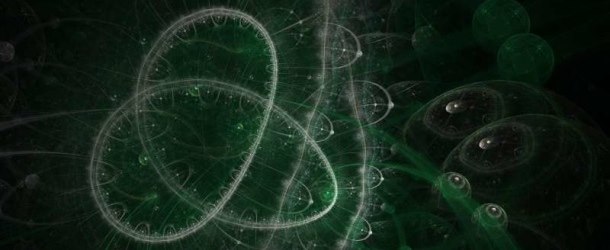Materials Scientists, Chemists & Physicists Working Together to Improve the Qubit

(CEN.ACS.org) Materials scientists and quantum engineers are working to improve the qubit, the basic hardware element of quantum computers. These scientists are developing better manufacturing recipes and control equipment for the leading technologies: superconducting qubits and trapped-ion qubits. They’re developing technologies based on that old standby, silicon. And they’re envisioning less error-prone qubits based on new quantum materials that exhibit weird effects.
Discovering quantum materials requires physicists, chemists, and materials scientists to work together. Materials scientists search databases for structures that match physicists’ predicted quantum materials and then seek the advice of chemists. Once a potential quantum material is made, researchers can use neutron-scattering experiments to study its structure and how it responds to a range of temperatures, changing magnetic and electrical fields, and other parameters. To prove that they’ve made a qubit, researchers have to extensively characterize all the possible states of their devices and figure out how to switch them with a high level of control.



















